What are Led Dot Matrix
A LED dot matrix is a display technology that employs a grid of lights or LEDs (Light Emitting Diodes) to represent characters, symbols, and images, much like the pixels on a digital screen. This technology is versatile and can be utilized in various settings, from advertising and information display in public places to control panels for industrial equipment. It's designed to cater to businesses and professionals who require dynamic visual communication mediums.
The basic principle behind a LED dot matrix is straightforward: it consists of a two-dimensional array of LEDs arranged in rows and columns. Each LED acts as a single point of light, or 'dot', which can be individually controlled to turn on or off. By selectively illuminating certain LEDs while keeping others dark, the matrix can display a wide range of patterns and messages. The more LEDs in the matrix, the higher the resolution and the more detailed the potential imagery.
These matrices function through the use of a driver circuit that manages which LEDs are lit at any given time. Programming these drivers allows users to create static images or scrolling text, making LED dot matrices an ideal solution for applications that require displaying information in a clear and concise manner. The simplicity of their design means they can be made durable and suitable for both indoor and outdoor use, while their low power consumption makes them cost-effective for long-term operation.
Types of Led Dot Matrix
The diversity of LED dot matrices available caters to a range of applications, each with its design nuances and common use cases:
Monochrome LED Dot Matrix: Usually featuring single-color LEDs such as red or green, monochrome matrices are commonly used for displaying text and simple graphics. They are often seen in information signs, digital clocks, and other devices where complex visuals are unnecessary.
Full Color LED Dot Matrix: As suggested by the name, these matrices offer a full spectrum of colors allowing for detailed and vibrant graphics. They are typically used in advertising displays, stage lighting, and anywhere rich visual content is needed.
Single Dual In-line Package (DIP) LED Dot Matrix: These matrices use DIP LEDs which are characterized by their brightness and viewing angle suitability for outdoor displays such as scoreboards or traffic signs.
Surface Mounted Device (SMD) LED Dot Matrix: SMD technology allows for closer packing of LEDs resulting in higher resolution displays. This type is preferred for indoor environments such as retail stores or exhibition halls where detailed imagery or small text needs to be legible from close distances.
Flexible LED Dot Matrix: Constructed using flexible materials, these matrices can conform to curved surfaces, offering creative possibilities for designers in theme parks or architectural installations.
How to choose Led Dot Matrix
When selecting an LED dot matrix for your business needs, it's essential to consider several factors that stem from the types and applications of these devices:
Resolution and Size: Determine the level of detail required for your application. Higher resolution matrices offer finer details but may come at an increased cost. Similarly, the physical size of the matrix should fit the intended installation space.
Color Requirements: Assess whether full-color capabilities are necessary for your display content or if monochrome will suffice. Full-color matrices are ideal for attention-grabbing advertising or informative displays with images, while monochrome is suitable for simpler messaging.
Indoor vs. Outdoor Use: Choose between SMD or DIP LEDs based on where you plan to use the matrix. Outdoor displays require DIP LEDs for brightness and durability against weather conditions, whereas SMDs are better suited for indoor environments.
Control Options: Consider what type of control you'll need over your display – whether it's simple programmability for static messages or more complex software control for dynamic content.
Power Consumption and Longevity: Evaluate how often the matrix will be used to determine acceptable power consumption levels. Also, consider the expected lifespan of the display based on usage frequency.
By considering these factors along with supplier type (OEM, ODM), application setting (retail store, subway), and additional features like dimming support or IP rating for weather resistance, businesses can make an informed decision that aligns with their operational requirements and budget constraints.
Best Led Dot Matrix on Alibaba.com
Alibaba.com stands out as a premier online marketplace for sourcing LED dot matrix displays suitable for a wide variety of commercial applications. With an extensive network connecting buyers with suppliers worldwide since 1999, Alibaba.com facilitates access to a vast selection of products tailored to meet the diverse needs of businesses. Whether it's for retail stores seeking dynamic advertising solutions or medical facilities requiring reliable information displays, Alibaba.com provides a platform where businesses can find displays that align with their specific requirements.
The platform's commitment to facilitating easy business transactions globally is evident in its user-friendly interface that supports multiple languages and provides mobile accessibility. Furthermore, Alibaba.com offers Trade Assurance – a service designed to protect payments until delivery is confirmed – thereby fostering trust between buyers and suppliers. This assurance is critical when making bulk purchases typical in B2B transactions.
Choosing an LED dot matrix display on Alibaba.com not only grants businesses access to products from original manufacturers but also allows them options for customization that cater to unique project demands. With tools enabling efficient communication with suppliers and services such as project installation support or custom layouts through various design software integrations, Alibaba.com positions itself as an invaluable resource for businesses aiming to enhance their visual communication strategies effectively.
Common FAQs for Led Dot Matrix
What exactly is a LED dot matrix?
A LED dot matrix is a display composed of an array of LEDs that can be individually controlled to present text, symbols, or images. They are used in various applications for dynamic visual communication.
How does a LED dot matrix work?
Each LED within the matrix acts as a pixel that can be turned on or off by a driver circuit. By selectively lighting these LEDs, the matrix can create patterns, letters, and graphics for display purposes.
What are some common applications of LED dot matrices?
LED dot matrices are widely used in advertising, public information displays, retail stores, welcome signs, exhibition halls, subways, self-service businesses, educational settings, menu boards, wayfinding systems, and more.
What are the differences between monochrome and full-color LED dot matrices?
Monochrome matrices display images or text in a single color and are often used for simple signage. Full-color matrices can display complex images and vibrant graphics suitable for high-impact advertising and creative displays.
Can LED dot matrices be used outdoors?
Yes, certain LED dot matrices are designed with higher brightness levels and weather-resistant features like appropriate IP ratings for outdoor use in areas like sports stadiums or landscape displays.
What should I consider when choosing the resolution of a LED dot matrix?
Consider the level of detail needed for your display content. Higher resolution allows for more detailed imagery but may be more expensive. Match the resolution to the complexity of the visuals you need to communicate effectively.
How do I determine if I need a full-color or monochrome LED dot matrix?
Assess whether your display will show complex images and require attention-grabbing visuals (full-color) or if it will convey simple text or graphics (monochrome).
What are some factors to consider when choosing an LED dot matrix for indoor use?
For indoor use, consider SMD matrices for higher resolution displays with finer detail. Also, evaluate factors like power consumption, control options, and whether dimming support is needed.
How do I choose between SMD and DIP LEDs for my LED dot matrix?
Select SMD LEDs for high-resolution indoor applications where viewers will be close to the display. Choose DIP LEDs for outdoor applications where brightness and wide viewing angles are crucial.
Are there flexible options available for LED dot matrices?
Yes, flexible LED dot matrices are available that can be molded to fit curved surfaces, offering creative possibilities for unique installations in theme parks or innovative architectural designs.
How can I control the content displayed on a LED dot matrix?
LED dot matrices can be controlled through various methods such as app control, touch control, or voice control depending on the model and supplier specifications.
What power consumption considerations should I have for a LED dot matrix?
Evaluate how often your matrix will operate to understand acceptable power consumption levels. Opt for energy-efficient models if the display will run continuously to reduce operational costs.
What type of maintenance is required for LED dot matrices?
Maintenance generally involves regular cleaning and occasional replacement of LEDs as needed. Always follow manufacturer guidelines to ensure proper care and longevity of your display.
How do I know if an LED dot matrix is suitable for my business needs?
Consider your application's specific requirements such as location (indoor/outdoor), size of the area where the display will be installed, desired image quality (resolution), color needs (monochrome/full-color), control mechanisms, power usage, and whether custom design services like project installation support are necessary.
Can LED dot matrices support animations or videos?
Yes, many full-color LED dot matrices have the capability to display animations or videos, making them suitable for dynamic advertising displays or engaging informational signage.





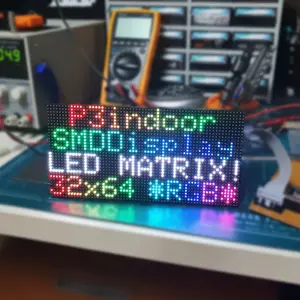










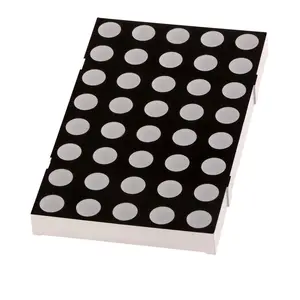
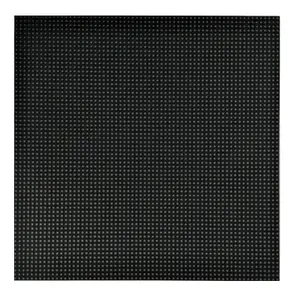


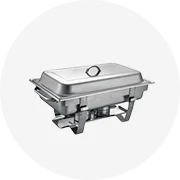
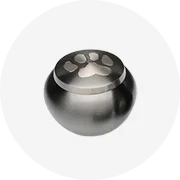
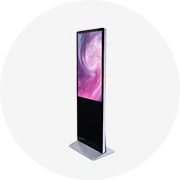


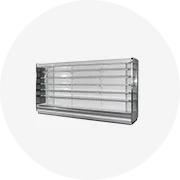
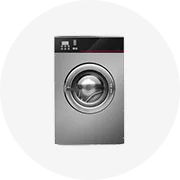
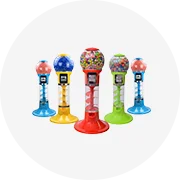
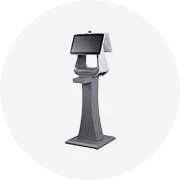
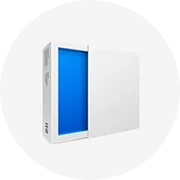









 浙公网安备 33010002000092号
浙公网安备 33010002000092号 浙B2-20120091-4
浙B2-20120091-4